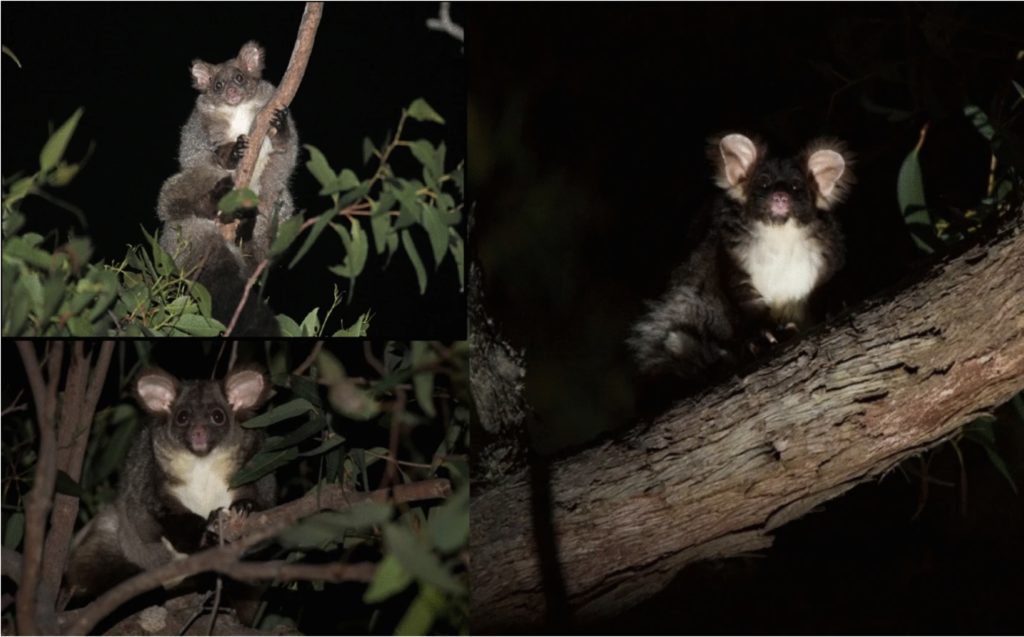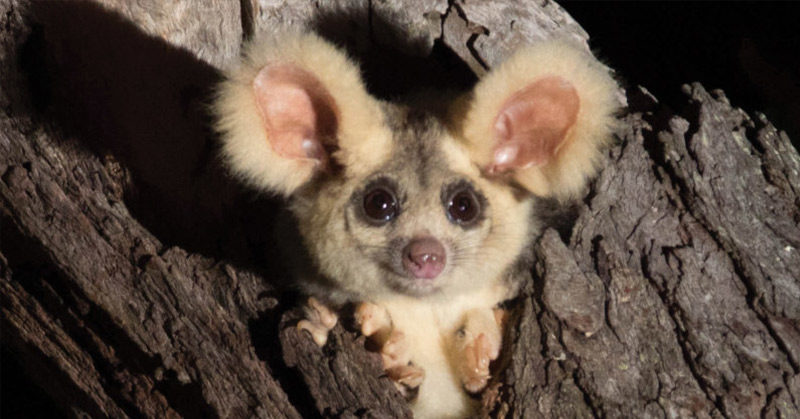The country known for its biodiversity just became even more so. Two new mammals were discovered in Australia – and now, the race is on to protect them. (1)
Two New Mammals Discovered in Australia
A fluffy, possum-sized, long-tailed marsupial called the Great Glider lives in the forests of Eastern Australia. Named for the way it travels from tree-to-tree, scientists classified this big-eared cutie as a single species – that is, until recently. (1)

In early November, a new study revealed that the Great Glider is not one, but three different species. This means that scientists discovered two new marsupials. (3)
“Australia’s biodiversity just got a lot richer,” said research team member Professor Andrew Krockenberger of James Cook University. “It’s not every day that new mammals are confirmed, let alone two new mammals.” (4)
Researchers have thought that this might be the case for quite a while now, however, only recently have they garnered enough proof. (1)
What Makes These New Mammals Different?
You might scratch your head because at first the three species of great glider all look quite similar. However, there are some differences which is why they were thought of as subspecies, not separate ones. These include their differences in size, coloring, and physiology. (1)
The scientists were finally able to perform some DNA sequencing on the three animals. After studying each of their genetic makeup, they can confidently now say that these are three distinct species. (1)
According to the study, their scientific/Latin names are now Petauroides volans, Petauroides minor, and Petauroides armillatus.
“We found they were profoundly different,” said Dr. Kara Youngentob, a wildlife ecologist at ANU and co-author of the study. (2)

The Race for Conservation
The Great Glider was already a vulnerable species, particularly after Australia’s devastating 2019-2020 wildfire season. Now they are at an even greater risk. (1)
“We know almost nothing about those two other species. If we don’t start working them out we could end up losing them,” said Dr. Youngentob. (2)
Scientists will have to rethink everything they knew about this animal and do plenty of research to best understand each species’ needs. This will allow for better protection of all three. (2)
Dr. Youngentob can’t understate how incredible the Great Glider is, describing how it somewhat resembles the flying squirrel when it glides through the air from tree-to-tree. (2)
“They are the sweetest-natured animals,” she said. “During mating season you will see them sitting together with their long fluffy tails intertwined.” (2)
A Species At Risk
Prior to this discovery, the population of Great Gliders was already declining in Australia. (1) There are several reasons for this, including (2):
- Deforestation
- Bushfires
- Global warming and raising night time temperatures
The decreasing amount of forested areas is the biggest concern for these marsupials. Like koalas, the great glider only eats eucalyptus. The disappearing forests are causing their food source to become more scarce. (1)
Moreover, great gliders also need plenty of tall trees to live in. This habitat loss is devastating to their population. (1)
“It would be an absolute tragedy if we lost this animal and it would be up there with losing the Tasmanian tigers,” said University of Melbourne conservation ecologist Professor Brendan Wintle. “They are so unique and it’s amazing that we could know so little about such a large attractive animal.” (2)
Furthermore, he explains that they are very secretive animals that are excellent at hiding. Therefore, despite their size, they can hide in the bush at the back of peoples’ properties without them ever knowing. (2)
“When you do see them, they’re like a big fluffy animal that’s like a great big cat … but this one can fly. Fortunately, they’re vegetarians.” (2)
The race is now on to figure out how best to protect these three species before it’s too late.
Keep Reading: New coral reef taller than Eiffel Tower found off Australian coast

